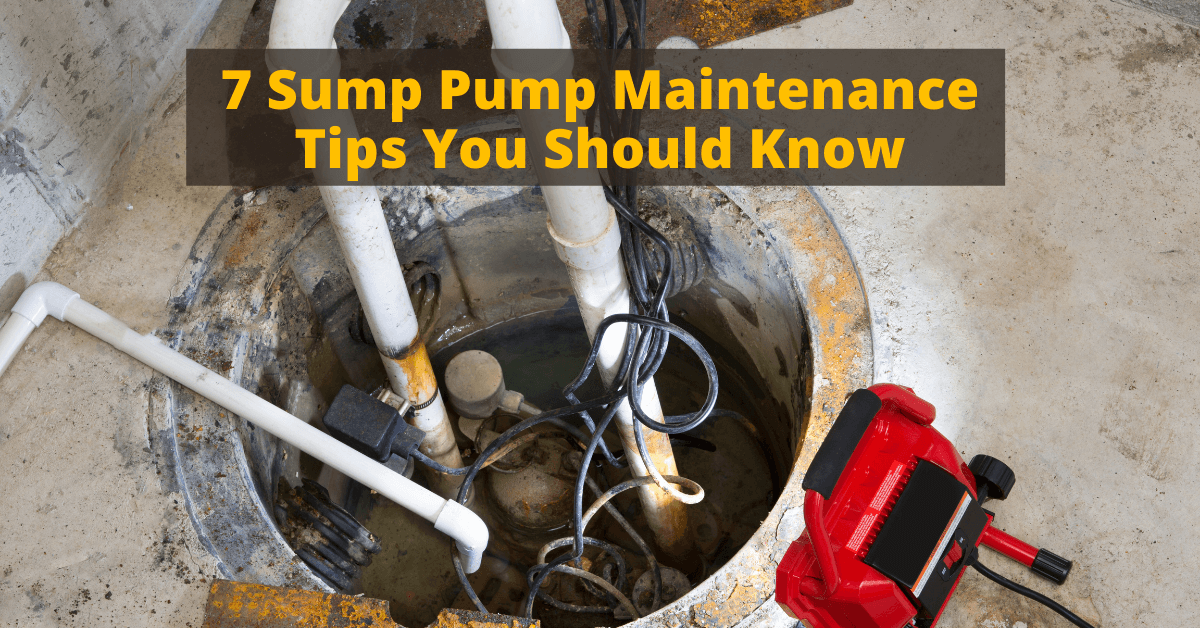
Ensuring a Dry Basement: The Importance of Sump Pump Maintenance
Sump pumps play a crucial role in preventing basement flooding and protecting your home from water damage. To ensure their effectiveness, regular maintenance is key. In this guide, we’ll explore the importance of maintaining a sump pump and provide you with practical tips to keep it in optimal condition.
Understanding the Role of a Sump Pump
Before delving into maintenance, it’s essential to understand the role of a sump pump. Installed in the lowest part of a basement or crawl space, a sump pump is designed to remove excess water that could lead to flooding. It does so by collecting water in a sump pit and pumping it away from the foundation, keeping your basement dry.
Regular Inspection for Early Detection
The first step in sump pump maintenance is regular inspection. Perform visual checks to ensure the pump is in its proper place, the discharge line is unobstructed, and the float switch moves freely. Early detection of issues allows for timely repairs, preventing potential failures during heavy rainfall.
Testing the Sump Pump
Testing your sump pump is a simple yet critical maintenance task. Pour water into the sump pit to activate the pump and ensure it starts pumping water away. Verify that the float switch is functioning correctly and that the pump turns off once the water is pumped out. Conducting this test every few months provides peace of mind and confirms the pump’s reliability.
Cleaning and Debris Removal
Over time, debris and sediment can accumulate in the sump pit, affecting the pump’s performance. Regularly clean the pit, removing any dirt, gravel, or other debris. Ensure that the inlet screen is free from obstructions, allowing the pump to operate efficiently without strain.
Checking the Discharge Line
Inspect the discharge line to guarantee it’s free of obstructions and is directing water away from the foundation. Ensure that the pipe slopes away from the house to prevent water from pooling near the property. Periodically flush the line with water to remove any accumulated debris.
Inspecting the Check Valve
The check valve is a vital component that prevents water from flowing back into the sump pit after the pump shuts off. Regularly inspect the check valve for any signs of wear or malfunction. Replace it if necessary to maintain the pump’s efficiency and prevent water from re-entering the basement.
Testing the Battery Backup System
If your sump pump has a battery backup system, test it regularly. Power outages often coincide with heavy storms, making a functioning backup crucial. Ensure the battery is charged, and the backup system activates appropriately during a simulated power outage.
Addressing Unusual Noises or Vibrations
Unusual noises or vibrations during operation can indicate potential issues with the sump pump. Investigate any strange sounds and address them promptly. Lubricate the pump’s moving parts as needed to prevent unnecessary wear and tear.
Professional Inspections and Servicing
While regular homeowner inspections are crucial, it’s advisable to schedule professional maintenance at least once a year. A certified technician can perform a thorough assessment, identify potential problems, and conduct any necessary repairs or replacements.
Investing in a Reliable Sump Pump
In addition to regular maintenance, the reliability of your sump pump is heavily influenced by its quality. If you’re in the market for a new sump pump or considering an upgrade, explore options that align with your specific needs and budget.
Conclusion: Secure Your Home with Proactive Sump Pump Maintenance
Maintaining a sump pump is an essential aspect of home ownership, ensuring that your basement remains dry and free from water damage. By incorporating these maintenance tips into your routine, you’ll not only extend the life of your sump pump but also enhance its overall effectiveness. For more home improvement insights and funding options, visit fundyourpurpose.org.










